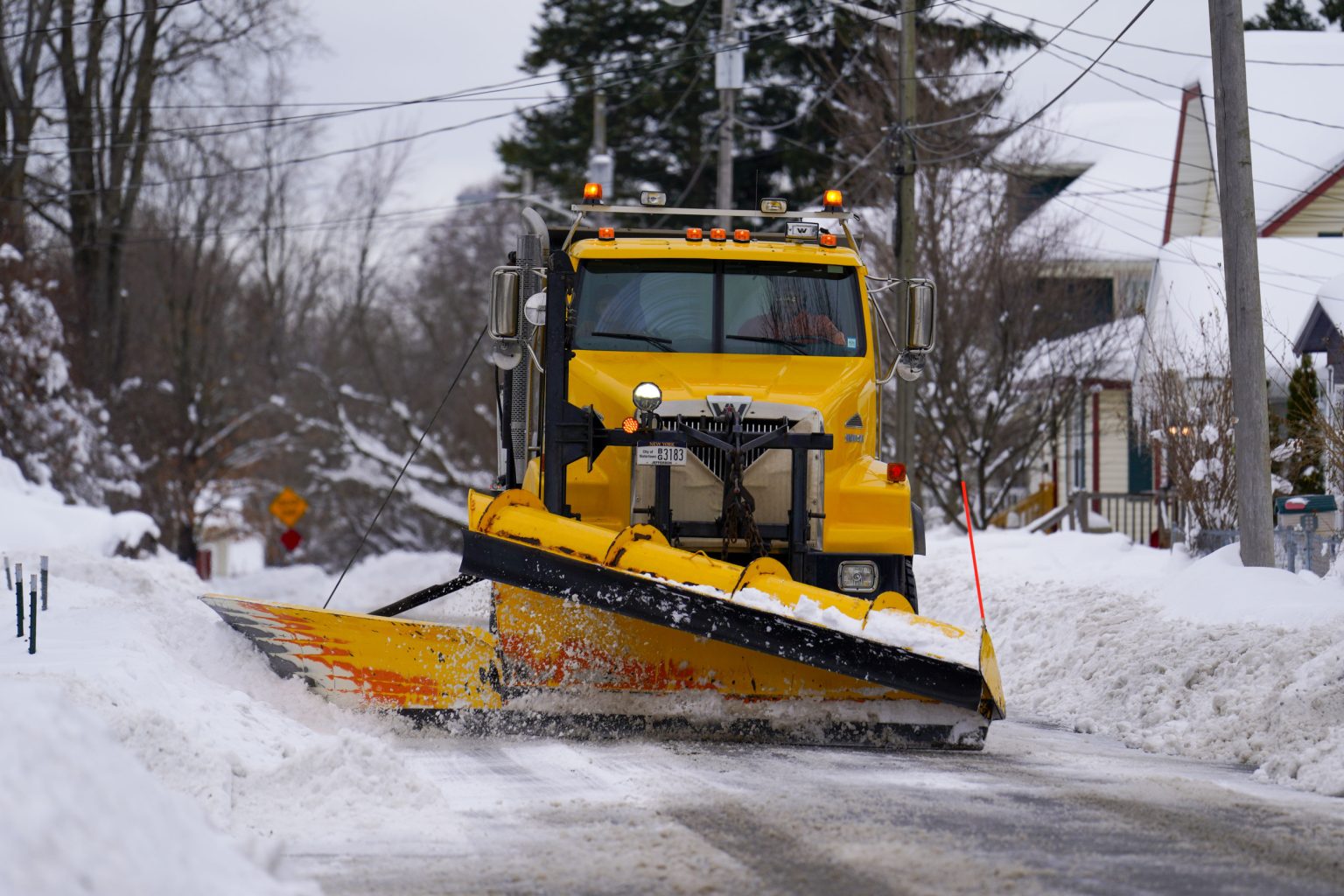The National Weather Service (NWS) has issued winter weather advisories encompassing at least 14 states, impacting millions of Americans preparing for holiday travel. These advisories, issued when freezing rain or significant snowfall (2-4 inches) is expected to disrupt daily life, highlight the potential for hazardous conditions across a wide swathe of the country. From Alaska to Maine, the anticipated snowfall varies, but the underlying message remains consistent: exercise caution and be prepared for challenging travel conditions. The timing of these advisories, coinciding with the peak holiday travel season, emphasizes the need for preparedness and flexible travel plans.
The affected states span a vast geographical area, demonstrating the widespread nature of this winter weather system. Alaska, California, Nevada, and Washington represent the western reach of the advisories, while West Virginia, Pennsylvania, Maryland, Virginia, New Jersey, New York, Vermont, New Hampshire, Delaware, and Maine comprise the eastern portion. The variation in expected snowfall amounts necessitates individualized attention to local forecasts. Alaska, for instance, is bracing for potentially heavy snowfall, reaching 12 to 18 inches in certain areas, accompanied by strong winds exceeding 35 mph. This combination of heavy snow and high winds creates a recipe for severely limited visibility and dangerous travel conditions. Conversely, other states under advisories may experience less snowfall but face the hazards of freezing rain and icy roads.
The NWS has also issued more severe winter storm warnings for portions of California, Maine, and Vermont. These warnings indicate the imminent threat of hazardous winter weather conditions, signifying a more serious level of concern. The specific criteria for these warnings include a combination of factors like heavy snowfall, blizzard conditions, significant ice accumulation, or a combination thereof. The issuance of these warnings underscores the seriousness of the approaching weather system and urges residents in affected areas to take necessary precautions. This may include stocking up on essential supplies, ensuring access to alternate heating sources in case of power outages, and avoiding unnecessary travel if possible.
Meteorologists across the affected regions are echoing the NWS warnings, emphasizing the potential for dangerous travel conditions and urging caution. Brian Donegan, a Fox Weather meteorologist, highlighted the certainty of a white Christmas in central New York, while also cautioning about the additional snowfall expected on top of the existing snowpack. He emphasized the potential for slick, snow-covered roads, particularly during the morning commute. Similarly, Patrick Osborn, a meteorologist for WABI in Maine, stressed the impact of the winter storm warning and advisories in Maine, particularly the hazardous road conditions. These local perspectives reinforce the importance of heeding NWS advisories and taking appropriate precautions.
Beyond the immediate impact on holiday travel, the combination of heavy snowfall and strong winds can lead to power outages, downed trees, and other infrastructure damage. The weight of accumulated snow on power lines can cause them to snap, leading to widespread power disruptions. Similarly, strong winds can exacerbate the situation by toppling trees onto power lines and blocking roadways. These potential consequences necessitate preparedness not only for travel disruptions but also for potential disruptions to essential services. Individuals should ensure they have flashlights, batteries, and other essential supplies readily available in case of power outages.
The duration of these winter weather advisories and warnings varies, with some extending into Wednesday. The Alaska warning, for instance, was in effect until Wednesday afternoon, highlighting the prolonged nature of the weather event in some regions. The NWS continuously updates its forecasts and advisories as new information becomes available, providing the most current and accurate assessment of the developing weather situation. Staying informed about these updates is crucial for making safe and informed decisions regarding travel and other activities. Regularly checking the NWS website, local news, or weather apps can provide timely information about changing conditions.

